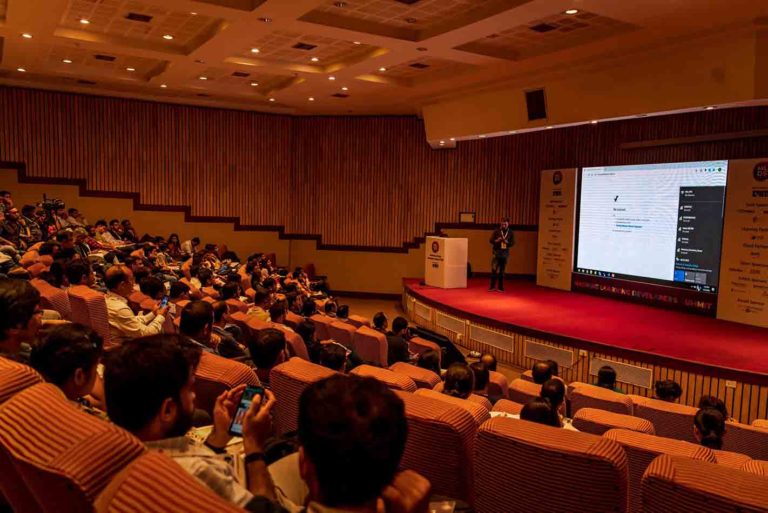Organoids 3D printing has quickly become one of the leading segments of the 3D printing industry in terms of innovation. Until recently, the market was primarily focused on North America, however many companies, laboratories, and universities around the world are exploring this field as well. Thanks to 3D printing techniques, cells and biomaterials can be combined and deposited layer by layer to create biomedical developments that have the same properties as living tissues.
During this process, various bio-links can be used to create these tissue-like structures, which have applications in the fields of medical and tissue engineering. Of course, it is more than knowing that the goal of all these developments is to successfully bioprint a fully functional human organ.
The beginnings of bioprinting
The first development of bioprinting dates back to 1988 when Dr. Robert J. Klebe, from the University of Texas, presented his Cytoscribing process, a method of micro-positioning cells to create synthetic tissues in 2 or 3D using an inkjet printer. classical. As a result of this research, Professor Anthony Atala of Wake Forest University created the first organ in 2002 thanks to bioprinting, a small-scale kidney.
In 2010, the first laboratory specializing in 3D printing was born: Organovo, which quickly began working with the developers of Invetech to create one of the first bioprinters on the market, the NovoGen MMX. Organovo has positioned itself as one of the leaders in the industry and continues to work on bone tissue development after successfully grafting liver tissue.
Types of 3D Body Printing
Inkjet Bioprinting
This technology is based on the common inkjet printing process. Currently, 3D printers with FDM technology are modified to achieve the same process from a biological perspective. It consists of a process in which layers of biotinks (also called biomaterials) are deposited on a hydrogel substrate or culture plates. This technology can be classified into two main methods: thermal and piezoelectric.
Thermal technology uses a heating system that creates air bubbles, collapses and provides pressure to expel biotin droplets. In contrast, piezoelectric technology, does not use heat to create the necessary pressure, it uses the electrical charge that accumulates in a solid material, in this case, a polycrystalline piezoelectric ceramic that is in each print nozzle. However, this latest technology can cause damage to the cell membrane if used too frequently.
Bioprinting by extrusion
It is based on the extrusion of biomaterials to create 3D patterns and cellular constructions. Biotinks used for printing are usually solutions that are extruded by coordinating the movement of a pressure piston or a microneedle on a stationary substrate. After layer by layer application the 3D patterns are completed, and we will have a construction. Advantages of this technology include room temperature processing, direct cell incorporation, and homogeneous cell distribution. Some of the most popular bioprinters on the market use this technique, which is considered an evolution of inkjet, such as EnvisionTec’s Bioplotter or Allevi’s 3D bioprinter.
Laser-assisted 3D bioprinting
It uses a laser as an energy source to deposit biomaterials in a receptor (substance). The technique consists of three parts: a laser source, a tape coated with biological materials that are deposited on a film and a receiver. The laser beams irradiate the tape, causing the liquid biological materials to evaporate and reach the receptor in droplets, which contain a biopolymer that maintains cell adhesion and helps cells begin to grow. Compared to other technologies, laser-assisted bioprinting has unique advantages, including a nozzle-free, contact-free process, high-resolution, high-activity cell printing, bio-ink droplet control, and precise printing characteristics.
Stereolithography
SLA technology consists of the solidification of a photopolymer through lighting, and has the highest precision of additive manufacturing technologies. This can be applied in bioprinting by printing with light sensitive hydrogels. This technology is still under development, since in addition to its advantages, they are related to numerous restrictions, such as the lack of biocompatible and biodegradable polymers, harmful effects and the impossibility of eliminating the support structure.
Acoustic wave bioprinting
This method was developed by Carnegie Mellon University, Pennsylvania State University and MIT, uses something called acoustic tweezers, a microfluidic device where individual cells or particles can be manipulated, and the use of surface acoustic waves. The waves would meet along each of the three axes. At these meeting points, the waves will form a three-dimensional capture node. Individual cells or complete sets of cells are collected so that 2D and later 3D patterns can be created. This technique offers performance in terms of precise movements in a non-invasive way.
The SWIFT technique
Researchers at Harvard’s Wyss Institute for Biological Engineering developed a new bioprinting technique called SWIFT (Sacrificial Writing Into Functional Tissue), since its name suggests that this technique allows the bioprinting of blood vessels in living tissues. In other words, it 3D-prints vascular channels in living arrays composed of stem cell-derived organ building blocks (OBB).
What is the future of 3D printing?
The future of 3D lies in the realm of deep learning and quantum computing. The use of powerful deep learning algorithms for information retrieval and the creation of an organoid blueprint will ensure an end-to-end platform with an unprecedented and accelerated advancement of tissue fabrication reassuring the adaptability and compatibility between organ and host. The following elements would be involved:
- Rapid prototyping techniques: collagen, and gelatin
- CNN: Convolutional Neural Networks
- Evolutionary algorithm: used for planning models based upon cellular processes a.k.a. simulation
- Genetic algorithm: for DNA/RNA sequence assembly, and further development of mutation & adaptability to the host.
- Pluripotent stem cells
And how will quantum computing help?
- Examining extremely large amounts of data from medical files in 1/20 of the time a regular ML algorithm would
- Building more accurate models and cellular correlation
- Work on multiple parameters simultaneously such as mutation, adaptability, regeneration, etc
- Merging the analytical power of Neural Networks with the speed of Quantum.
The healthcare sector is evolving rapidly towards a bright, innovative and accurate future.



















































































